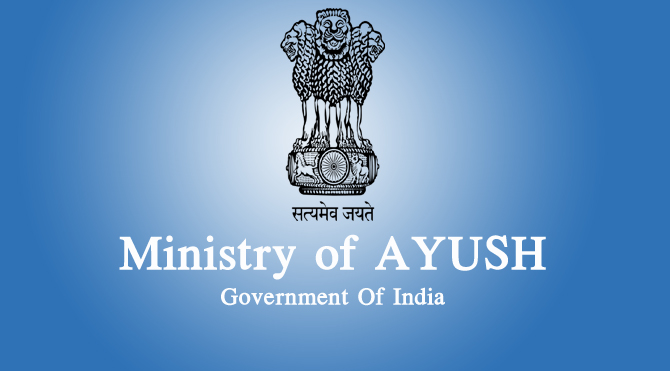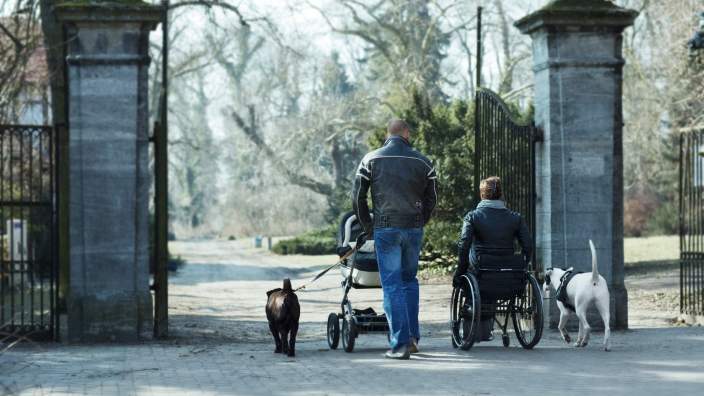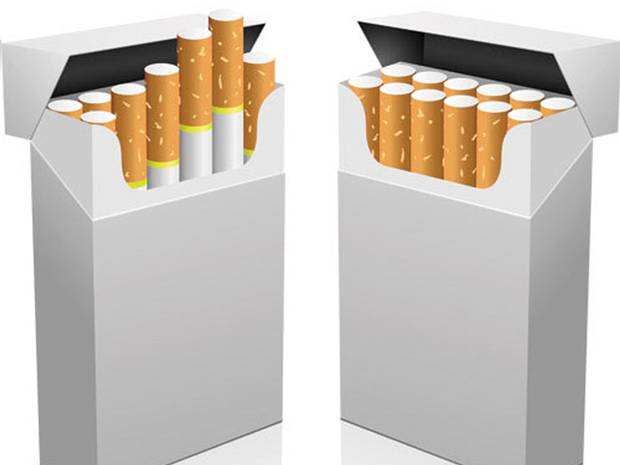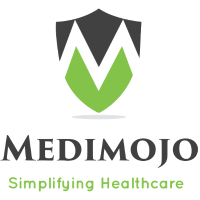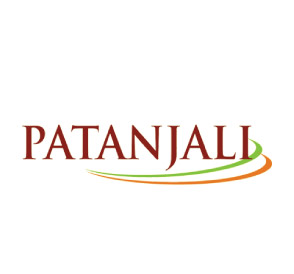
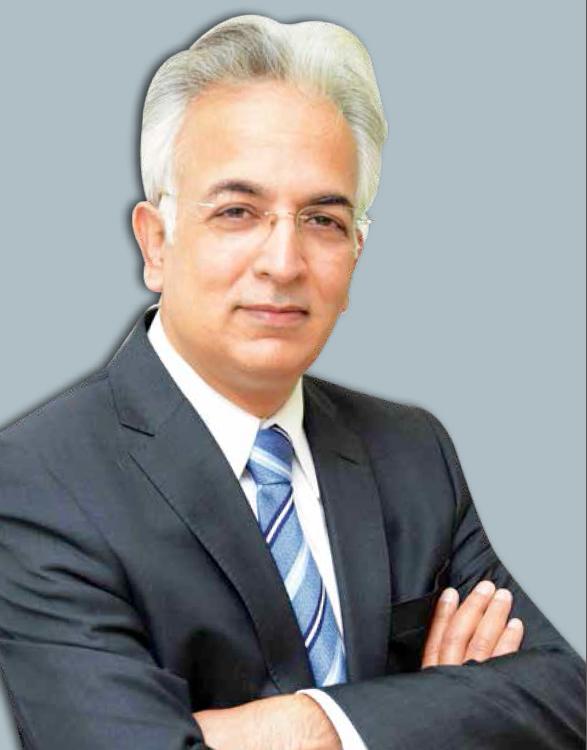 Heart transplantation continues to be the gold standard treatment for end-stage heart failure. Dr Sujay Shad, Senior Consultant and Co-Chairman Department of Cardiac Surgery, Director Cardiac Transplant, Sir Ganga Ram Hospital shares his views with Shahid Akhter, ENN about his pioneering interventions
Heart transplantation continues to be the gold standard treatment for end-stage heart failure. Dr Sujay Shad, Senior Consultant and Co-Chairman Department of Cardiac Surgery, Director Cardiac Transplant, Sir Ganga Ram Hospital shares his views with Shahid Akhter, ENN about his pioneering interventions
You were the first to transplant a heart in Delhi? How do you recall this most memorable moment?
Once I had decided that Sir Ganga Ram Hospital would be a Cardiac Transplant Centre, I spent a considerable amount of time and effort to train all my surgical, anaesthetic, nursing, and paramedical staff. We were not just lucky, we had prepared for this day over a period of 18 months; so when the day arrived when we had a perfectly matching recepient (who was suffering from incurable heart failure) and a brain dead donor, we were prepared. I deliberately had to tone down the excitement in my department, and instead had everyone to focus on the task at hand.
After 10 hours of operating; first the donor and then the recepient, I came out of the operating theatre very satisfied; with the heart functioning beautifully in perfect harmony and normal body function.
15 days later, we held a press conference that was very well received. I came to know later that while my department was busy treating this patient, a large number of seniors at Ganga Ram faculty and lots of our nurses were quietly praying for this patient to recover. That was a deeply satisfying and gratifying moment, and it was good to know my work was being appreciated.

What initially attracted you to cardiac surgery ? Did someone inspire you?
It was a brief visit to an operating session at AIIMS while I was a surgery resident, when I saw the chest open. It is all very magical for the uninitiated. I was extremely lucky to land up at the world famous Harefield Hospital in the UK. A few days into my training, I stayed up all night to accompany a surgical team that went to retreive a heart from a brain dead donor; and then subsequently drove like mad through the streets of London to get back to Harefield. Once back in the hospital, the heart was swiftly prepared and implanted into a terminal heart failure patient by the legend himself, Professor Sir Magdi Yacoub.
A giant amongst Cardiac Surgeons, inventor of multiple specialist cardiac operations, doyen of heart, heart-lung, lung transplants; artificial hearts and so on and so forth. In the world of cardiac surgery, he is royalty. I was deeply influenced by his methods and techniques. One could say that I was charmed into the specialty by Professors Sir Magdi Yacoub, Robert Bonser and Gilles Dreyfuss. I hold these men in the highest regard.
How far have we advanced in heart transplant, technologically? How do you perceive the future ? Technically the operation remains the same as was described in late 60s with a few minor improvements. It is by no means a simple operation, however in my practice it is not the most complicated operation either. Surgery is only part of the process, which remains complex. The Achilles Heel of any transplant surgery remains immunosuppression, which is essential for the implanted organ if not rejected by the recepients body; too little and the organ gets rejected, too much and one is susceptible to multiple infections. Maintaining balance is crucial and requires precise regulation and follow up.
| Longest-surviving heart transplant |
| A British grandfather has entered the record books as the worlds longestsurviving heart transplant patient. John McCafferty, 71, has now beaten the previous record of 30 years, 11 months and 10 days, set by American Tony Huesman, who died in 2009. |
How far have we progressed by way of organ donation, precisely heart ? How good is our awareness in organ donation and what needs to be done?
Multi-organ donation is now finally becoming accepted in the country, some states notably Tamil Nadu and Andhra Pradesh have tweaked the rules and regulations governing this and remarkably improved the availability of organs. The shocking reality is that today we have surplus of donated hearts that go waste because of lack of potential recepients. Heart failure patients who cant breathe properly and require repeated hospitalisation for water retention, really need to seek treatment from specialists in heart failure surgery and heart failure cardiology.

How far does the artificial heart help?
Your inputs on the scenario in India? We have various devices that can be used for short term (days to weeks), medium term (weeks to months) and long term heart support and replacement. Depending upon the indication one can now choose the most appropriate device for a particular patient. These devices are expensive and can easily cost `1 Crore. The long term results of the newest and best devices in the field now comes close to the results of heart transplantation. The upside is the lack of need of immunosuppresion; the downside with these ventricular assist devices, is the need to carry around battery packs to power the device, not to mention the wires that protrude from the body.
| Factors deciding the heart transplant ? |
| End-stage heart failure, ischemic heart disease, cardiomyopathy, or congenital heart disease. Low chance of living as long as 1 year without a heart transplant. No other serious conditions that would compromise his expectancy. Heart transplant will increase survival and improve the persons quality of life. |
A recent finding published in the Lancet suggests that blood transfusions are overused during common heart surgery. Cant we limit this without causing any harm to the patient ?
Blood transfusions are not just trivial replacements of blood. We know that patients who do not receive blood transfusions during surgery fare better than those who end up needing them. Transfusions have potent effects on lung function, immune function, and there is a linkage of subfertility amongst young ladies who have received multiple blood transfusions. It is possible to reduce and eliminate blood use in the majority of cardiac surgery patients by improved surgical techniques, and cell salvage during surgery. At my last audit we found we were using an average of 0.6 units of blood per patient.
With technological advancements in diagnosis of heart diseases becoming easier, faster and accurate, please tell us about the most exciting tools that have brought about this change ?
Broadly, there are two types of tests: the ones that define the structure and those that define the function of the heart. It is combination of the two that gives the most valuable results. Now a days we use a battery of tests to provide us the requisite information. We often use ultrasound (Echocardiogram) to give us valuable structural information, however, a well performed echo provides very accurate information about the function of the heart as well. CT scans have recently come in vogue to define the structure of coronary arteries. Scans have become very fast, use much lower doses of radiation and are very accurate to define structure. However, very limited functional information can be gained from these scans. Cardiac MRI is now the gold standard for functional assessment of cardianoc function; a lot of information about valves and walls of the heart can be gained but it fails to provide any useful information about coronary arteries. PET scans as well as Cardiac MRI provide valuable information about recovery of cardiac function after surgery.
None of these information systems were available 15 years ago barring echocardiogram, today we have these techniques and also have the knowledge to interpret the results, and then apply them to clinical situations for the benefit of patients. Nowadays we certainly have much better information about a patients heart before an operation.
Please tell us about your patents in valve mechanics ?
It is a very simple device infact. So simple that I was able to explain it to my son when he was eight, he ripped out a part of his toys and said, so this is what part of his toys and said,so this is what you meant?. I try to keep the development work going, we have received a grant from the DBT and in association with the IIT Delhi we are slowly moving forward. Essentially it is a specifically designed ring that holds and improves the hemodynamic characteristics of existing artificial valve.
I would not be surprised to find myself implanting hearts grown and cultured from the native tissues of my patients”
How do you decide that a patient requires a heart valve repair or replacement surgery?
Any diseased heart valve causes distinct alterations in valve function, as well as a structural change in the walls of the heart. Once the two coexist, the diagnosis and severity of the valve dysfunction is not in doubt. That is generally the time when a valve should be operated upon especially if the patient presents with classic symptoms.
Mitral and tricuspid valves are amenable to repair and unless they are very badly deformed and damaged, the primary surgical aim is to repair these valves. Aortic valves on the other hand can only be repaired if they are leaking, the techniques of repairing a narrow aortic valve are still being developed.
Do we have national guidelines for the management of valve disease and other prostheses?
We dont have national guidelines and I personally dont believe that we need them. Patients and their hearts are the same across national borders. The treatment algorithms neednt change between one country and another. Today we use the same knowledge, same investigations, same techniques of surgery, and the same medications as the rest of the world.
Minimally invasive open heart and bypass surgeries with robotic assistance are becoming a reality. Will robots take over surgeries in India today and tomorrow ?
I would separate minimally invasive cardiac surgery (MICS) and the robots. We have joined the MICS bandwagon, because we can see certain advantages for the patients today and also because we are a major training institute for Cardiac Surgery in India. As for Robotic surgery, it is a major healthcare aberration.
Remember that these devices were invented for use aboard ships and in battlefields; so that a skilled surgeon could sit on a console in Washington and operate upon a patient on a frigate in the Pacific. Since that couldnt accrue, the target audience was altered to the most flamboyant of surgeries, i.e. cardiac surgery. The company failed to make a mark in its quest for robotic cardiac surgery; it managed to survive by the skin of its teeth when urological applications were confirmed. In fact a recent BMJ paper discussed how there isnt much evidence that robotic surgery is better than conventional laparoscopic surgery, despite an over 20 times cost inflation.
I am 100 percent sure that robotic surgery is the future; but definitely not in its current avatar. The current crop of machines are neither intuitive, nor provide a great leap in surgical technique. I expect to see some major developments in this field within the next decade or so.
Be a part of Elets Collaborative Initiatives. Join Us for Upcoming Events and explore business opportunities. Like us on Facebook , connect with us on LinkedIn and follow us on Twitter , Instagram.



